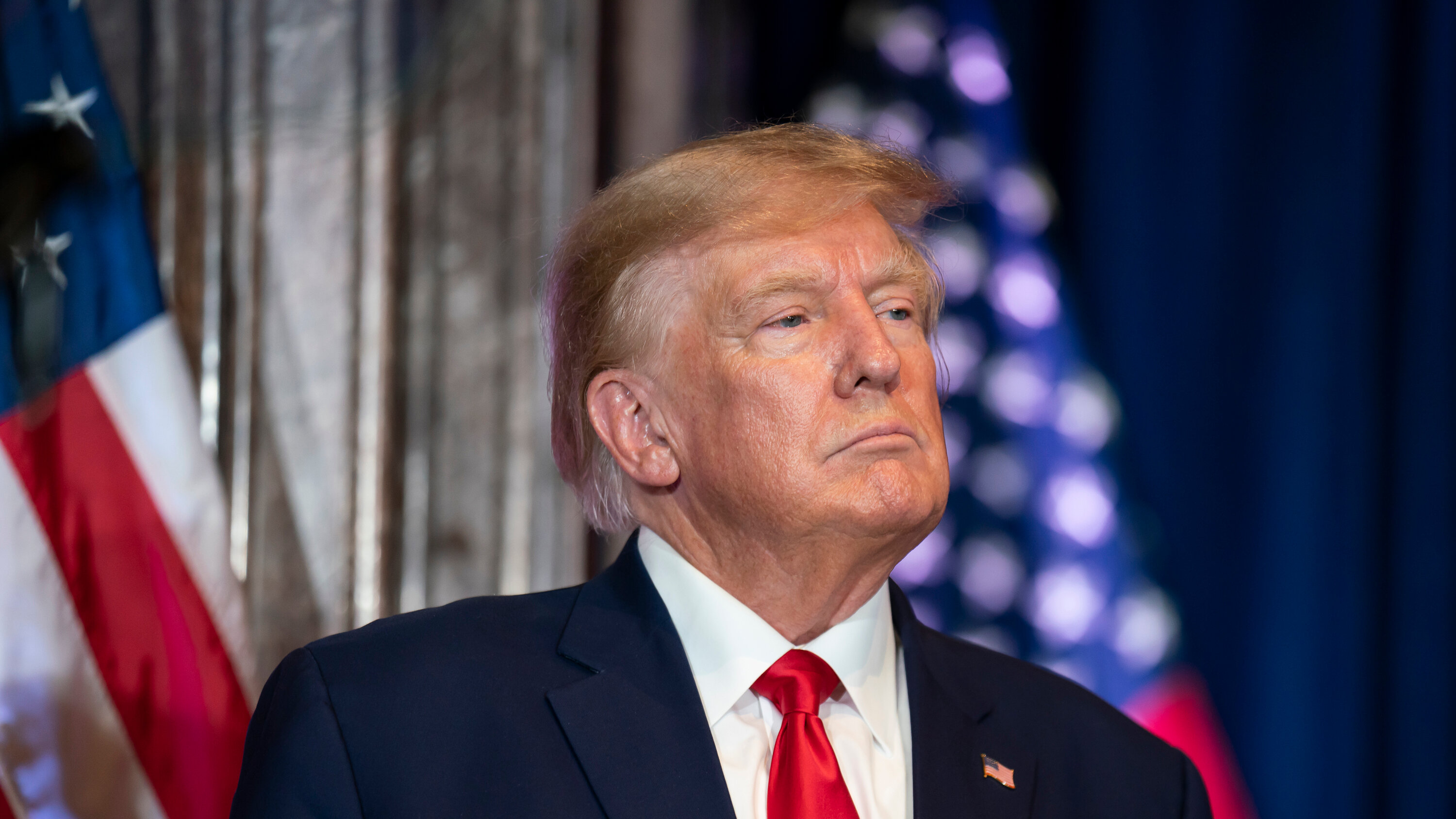The political landscape of the United States has always been filled with drama, but few events have stirred as much controversy as the various plots to assassinate Donald Trump. From the moment he announced his candidacy, Trump has faced a barrage of threats and challenges, leading to discussions about the safety of public figures in a polarized society. This article delves into the serious implications of such threats, providing a comprehensive overview of the incidents, the context, and the broader societal ramifications.
In this exploration, we will examine several critical aspects, including the motivations behind these threats, the security measures in place, and the impact on American politics and society. It is imperative to understand not only the events themselves but also the environment that fosters such extreme behavior.
As we navigate through this complex topic, we will ensure that our discussion is grounded in facts and credible sources, adhering to the principles of expertise, authority, and trustworthiness. This article aims to inform readers about the seriousness of threats against political figures and the broader implications for democracy itself.
Table of Contents
- Biography of Donald Trump
- Threats Against Donald Trump
- Notable Assassination Attempts
- Security Measures Implemented
- The Political Climate Surrounding Trump
- Social Implications of Political Violence
- Public Perception of Threats and Violence
- Conclusion
Biography of Donald Trump
Donald John Trump was born on June 14, 1946, in Queens, New York City. He is the fourth of five children of Frederick C. and Mary MacLeod Trump. After graduating from the Wharton School of the University of Pennsylvania in 1968, he took charge of his father’s real estate business.
| Personal Information | Details |
|---|---|
| Name | Donald John Trump |
| Date of Birth | June 14, 1946 |
| Occupation | Businessman, Television Personality, Politician |
| Political Party | Republican |
| Presidency | 2017 - 2021 |
Threats Against Donald Trump
Throughout his presidency and even prior, Donald Trump has been the target of numerous threats. These threats have come from various groups and individuals, often fueled by political polarization and extremist ideologies. Here are some key points:
- Increased online threats: Social media has played a significant role in facilitating threats against public figures.
- Political rallies: Incidents at Trump rallies have raised concerns about security and the potential for violence.
- Extremist groups: Various extremist groups have openly expressed intentions to harm Trump, citing political motivations.
Notable Assassination Attempts
Several notable incidents have highlighted the dangers faced by Trump during his time as a public figure. Understanding these attempts is crucial in grasping the gravity of the situation.
1. The California Man
In 2016, an individual was arrested for making threats to assassinate Trump during his campaign rally in California. This incident raised alarms about the safety of political candidates.
2. The Florida Man
In 2019, a man was charged for sending threatening letters to Trump, claiming he would kill him. This case underscored the persistent nature of threats against the former president.
Security Measures Implemented
In response to the threats, several security measures have been implemented to safeguard Trump and other public figures:
- Increased Secret Service presence: The Secret Service plays a critical role in protecting the president and former presidents.
- Enhanced security protocols at events: Additional measures are taken at rallies and public appearances to ensure safety.
- Collaboration with local law enforcement: Local authorities often work with federal agencies to manage security concerns.
The Political Climate Surrounding Trump
The political climate during Trump’s presidency has been marked by division and unrest. This environment has contributed to the normalization of threats and acts of violence against political figures.
Polarization in Politics
Trump's presidency has been characterized by a significant increase in political polarization. This has been fueled by media narratives and partisan rhetoric, leading to heightened tensions among supporters and opponents alike.
Impact of Media
The media plays a crucial role in shaping public perception of political figures. Sensationalized coverage can exacerbate tensions and lead to increased threats against individuals like Trump.
Social Implications of Political Violence
Political violence has far-reaching implications for society as a whole. Understanding these implications is vital in addressing the root causes of such behavior.
- Normalization of violence: Repeated threats and acts of violence can lead to a societal desensitization towards political violence.
- Impact on voter engagement: Fear of violence can deter individuals from participating in political processes, leading to lower voter turnout.
- Long-term societal division: Continued violence can create lasting divisions within society, affecting future generations.
Public Perception of Threats and Violence
The public perception of threats against political figures, particularly Trump, varies widely. While some view these threats as a necessary response to political turmoil, others see them as a dangerous trend that undermines democracy.
Supporters’ View
Many of Trump’s supporters argue that the threats against him are exaggerated or politically motivated. They believe that such narratives are used to discredit legitimate political movements.
Opponents’ View
Conversely, opponents view the threats as a symptom of a broader issue of extremism within the political landscape. They argue that such behavior must be condemned and addressed to preserve democratic values.
Conclusion
The threats against Donald Trump serve as a stark reminder of the dangers faced by public figures in a divided society. Understanding the motivations behind these threats and their implications for democracy is crucial. It is essential for citizens to engage in constructive dialogue and seek peaceful solutions to political disagreements. We encourage readers to reflect on the content presented in this article and share their thoughts in the comments section below.
Let us work towards a political climate where dialogue prevails over threats and violence. Together, we can foster a healthier democracy for all.



